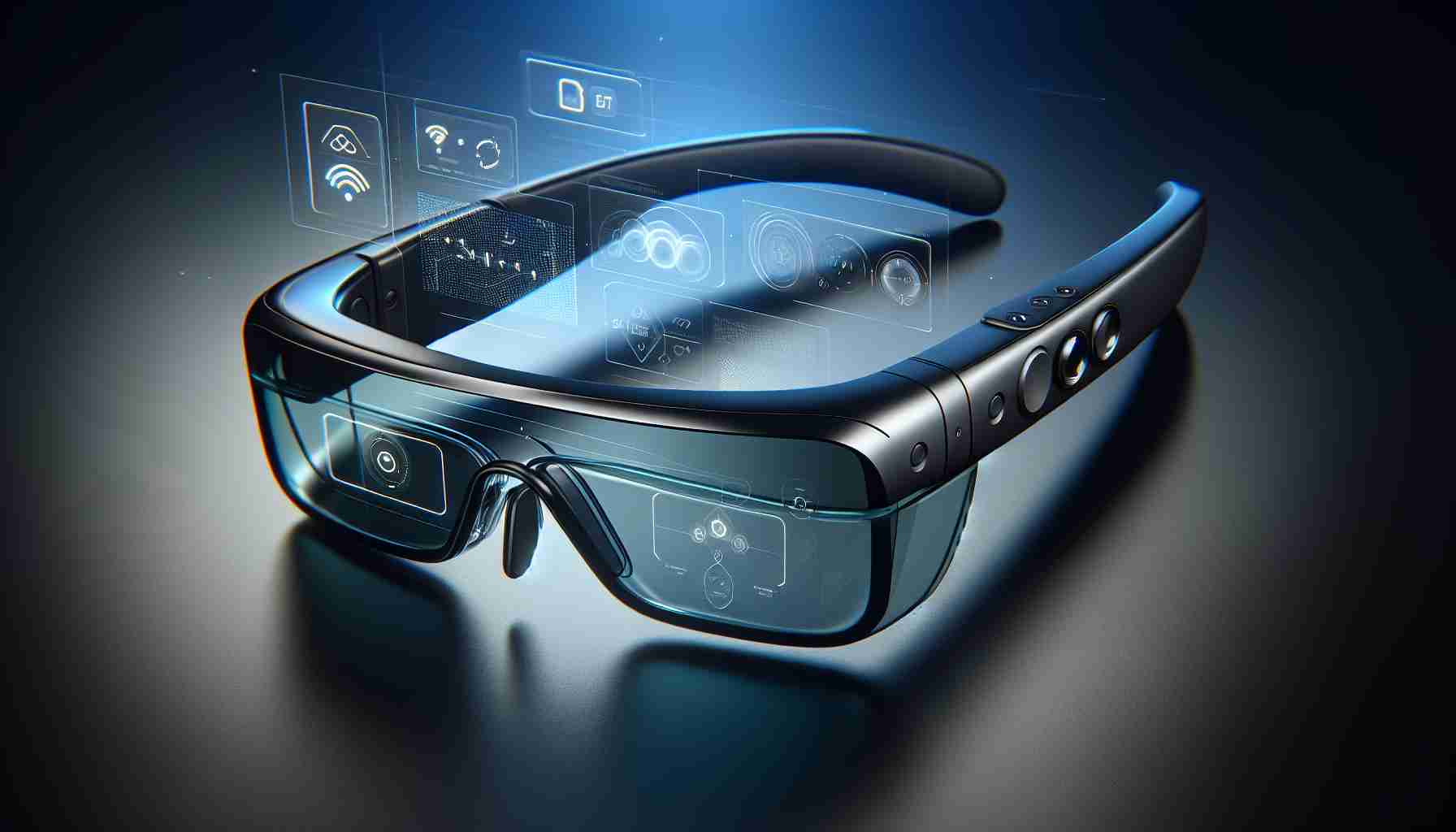The smart glasses market is about to see significant growth as Samsung prepares to unveil its latest innovation in Q3 2025. In partnership with Google and Qualcomm, the South Korean tech powerhouse aims to introduce a groundbreaking wearable device that promises to enhance user interaction with AI technology.
Initially, Samsung plans to produce 500,000 units. These smart glasses will utilize the Qualcomm AR1 chipset along with an NXP processor, ensuring robust performance. Equipped with a 12MP Sony IMX681 camera and a lightweight body of just 50 grams, these glasses are designed for everyday wear. The device will also feature a compact 155mAh battery and leverage Google’s Gemini AI for advanced functionalities.
Notably absent from initial reports is the mention of a display, suggesting that these glasses will prioritize AI applications such as gesture recognition, QR code scanning, and other interactions, relying on users’ smartphones for visual content. This strategy highlights a focus on seamless connectivity and real-time assistance rather than the heavy hardware typical of competitors.
With a vision to enhance smartphone experiences, these glasses aim to function as an intuitive companion device. As Samsung navigates the competitive landscape alongside others like Meta and Apple, it is carving out a unique niche—offering accessible and innovative smart glasses tailored for the modern user. Anticipation builds as the Galaxy S25 event in January 2025 approaches, potentially providing the first glimpse into this exciting new product line.
Samsung Makes a Bold Move into the Smart Glasses Market: What We Know
As the smart glasses market continues to evolve, Samsung is poised to make a significant impact with its anticipated entry in Q3 2025. With a strategic partnership involving tech giants Google and Qualcomm, Samsung aims to revolutionize how users interact with the digital world through innovative wearable technology.
Key Features and Technological Innovations
Samsung’s upcoming smart glasses are rumored to integrate advanced features that set them apart from existing products. Beyond the Qualcomm AR1 chipset and the 12MP Sony IMX681 camera, these glasses are expected to include built-in sensors for health monitoring, such as heart rate and temperature sensors, aiding in personal fitness tracking. This functionality could attract a broader audience, especially health-conscious consumers.
Furthermore, the glasses might support augmented reality (AR) applications by providing ambient notifications accessed through voice commands. This would enable users to remain connected without constantly releasing their hands from tasks. Another potential feature is enhanced audio capabilities with bone conduction technology, which could allow users to listen to audio prompts without traditional earbuds.
Important Questions and Answers
1. What is the primary purpose of Samsung’s smart glasses?
– The smart glasses aim to enhance the smartphone experience by acting as an intuitive companion device that facilitates seamless interactions with AI technology and delivers information in real-time.
2. How do these glasses compare to competitors like Meta and Apple?
– While Meta and Apple focus on more immersive experiences, Samsung is taking a distinct approach by prioritizing AI applications and health tracking, making its glasses more versatile for everyday tasks.
3. What are the regulatory challenges Samsung might face?
– As with any wearable technology, especially those equipped with cameras, there may be privacy concerns and regulatory hurdles regarding data collection and user consent. Ensuring compliance with international laws will be crucial for Samsung.
Challenges and Controversies
One of the key challenges facing Samsung is the ongoing skepticism around the practicality of smart glasses. Users may be reluctant to adopt another device that relies heavily on existing smartphones for functionality, which can limit their appeal. Additionally, privacy concerns regarding the recording capabilities of smart glasses have already raised red flags; ensuring robust privacy settings will be essential to avoid backlash from potential users.
Another challenge is the potential for competition. Companies like Apple are rumored to be developing their own line of smart glasses, which could overshadow Samsung’s efforts. The timing of Samsung’s launch will be crucial for capturing market interest and establishing a competitive edge.
Advantages and Disadvantages
Advantages:
– Innovative health tracking and fitness monitoring features could tap into a growing market.
– Lightweight and designed for long-term wear, enhancing user comfort.
– Integration with Google’s AI technology for improved functionalities.
Disadvantages:
– Potential reliance on smartphones could limit user adoption.
– Privacy concerns may deter customers wary of wearable technology.
– High expectations may make it challenging for Samsung to meet user demands if the product falls short.
As we look towards the Galaxy S25 event scheduled for January 2025, all eyes will be on Samsung to see how it addresses these facets and what the final product will unveil. With the smart glasses market primed for disruption, Samsung may very well redefine how we engage with technology in our daily lives.
For more information about Samsung’s innovative endeavors, visit Samsung.
The source of the article is from the blog klikeri.rs
